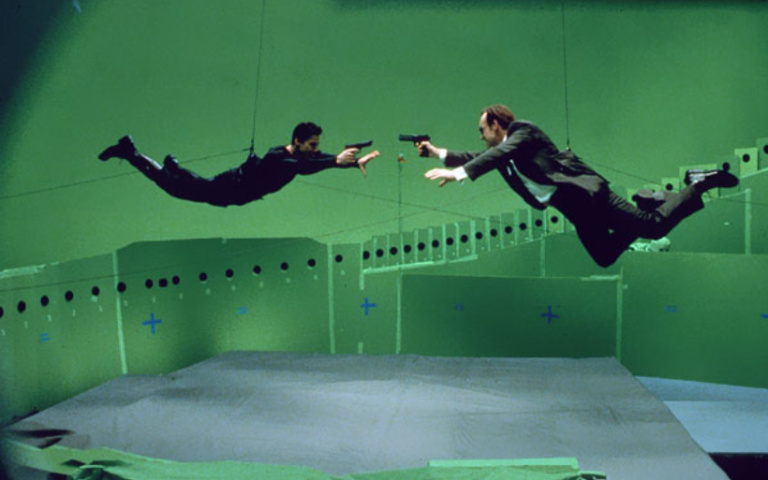The Evolution of Cinema: From Silent Films to Blockbusters
The evolution of cinema showcases a significant transformation in storytelling techniques and technological advancements. Silent films pioneered visual expression, while the advent of sound fundamentally altered narrative dynamics. The Golden Age introduced lavish productions and compelling narratives, paving the way for today’s blockbusters. These modern films leverage groundbreaking technology to create immersive experiences. This progression raises questions about the future of cinema: how will it continue to adapt and influence society?
The Birth of Cinema: Silent Films and Early Innovations
The emergence of cinema marked a revolutionary shift in storytelling, with silent films serving as the foundational medium that captivated audiences and paved the way for future innovations.
Silent storytelling allowed filmmakers to convey complex emotions through visual artistry and creative techniques, establishing a unique language.
These early innovations laid the groundwork for cinematic expression, inspiring generations to explore the limitless potential of the medium.
See also: How to Choose the Best Movies for Your Movie Night
The Introduction of Sound: The Talkies Revolution
As filmmakers began to explore the possibilities of synchronized sound, a transformative era known as the “talkies revolution” emerged, fundamentally altering the landscape of cinema.
This innovation in sound design captivated audiences, enhancing emotional depth and storytelling.
The audience reaction was overwhelmingly positive, as dialogue and music infused films with new life, fostering a more immersive experience that profoundly changed cinematic expression and engagement.
The Golden Age of Hollywood: Glamour and Storytelling
During the 1930s and 1940s, a remarkable period in film history emerged, characterized by the Golden Age of Hollywood, where glamour and storytelling converged to create an unparalleled cinematic experience.
Iconic actors shone under the studio system, utilizing innovative narrative techniques.
This era also gave birth to film noir, profoundly influencing cultural impact and shaping societal perspectives, thereby cementing its legacy in cinema history.
The Modern Era: Blockbusters and Technological Advancements
While the Golden Age laid the foundation for cinematic storytelling, the modern era has transformed the film landscape through the advent of blockbusters and groundbreaking technological advancements.
Digital effects have revolutionized visual storytelling, enabling filmmakers to create immersive experiences. This evolution enhances audience engagement, allowing viewers to explore narratives in ways previously unimaginable, reflecting a profound shift towards interactive and visually captivating cinema.
Conclusion
The evolution of cinema, from its silent beginnings to today’s blockbuster spectacles, underscores an ongoing dialogue between art and technology. This journey not only reflects advancements in filmmaking but also highlights cinema’s ability to shape and mirror societal values. As audiences immerse themselves in ever more sophisticated narratives and visual experiences, one must ponder: how will future innovations continue to redefine our understanding of storytelling? Ultimately, cinema remains a powerful medium, continually evolving to captivate and inspire.



